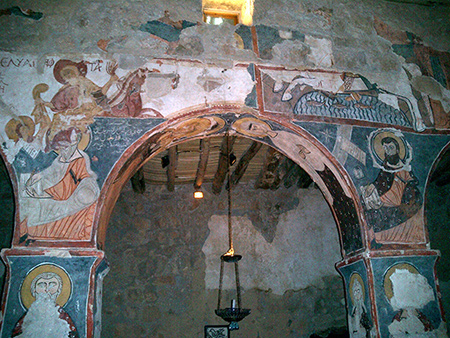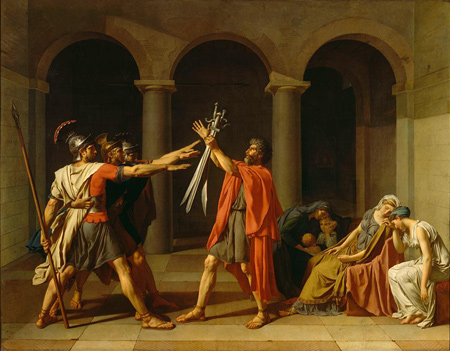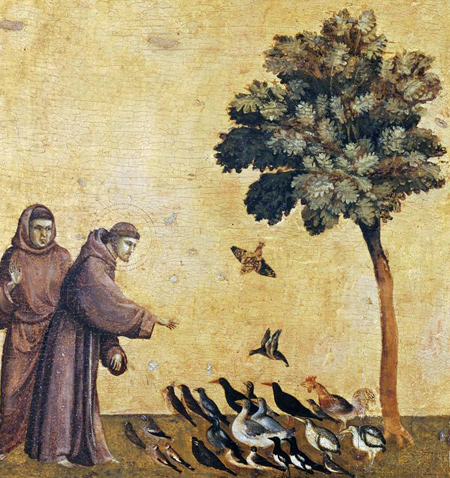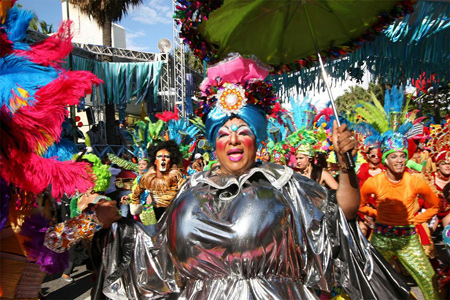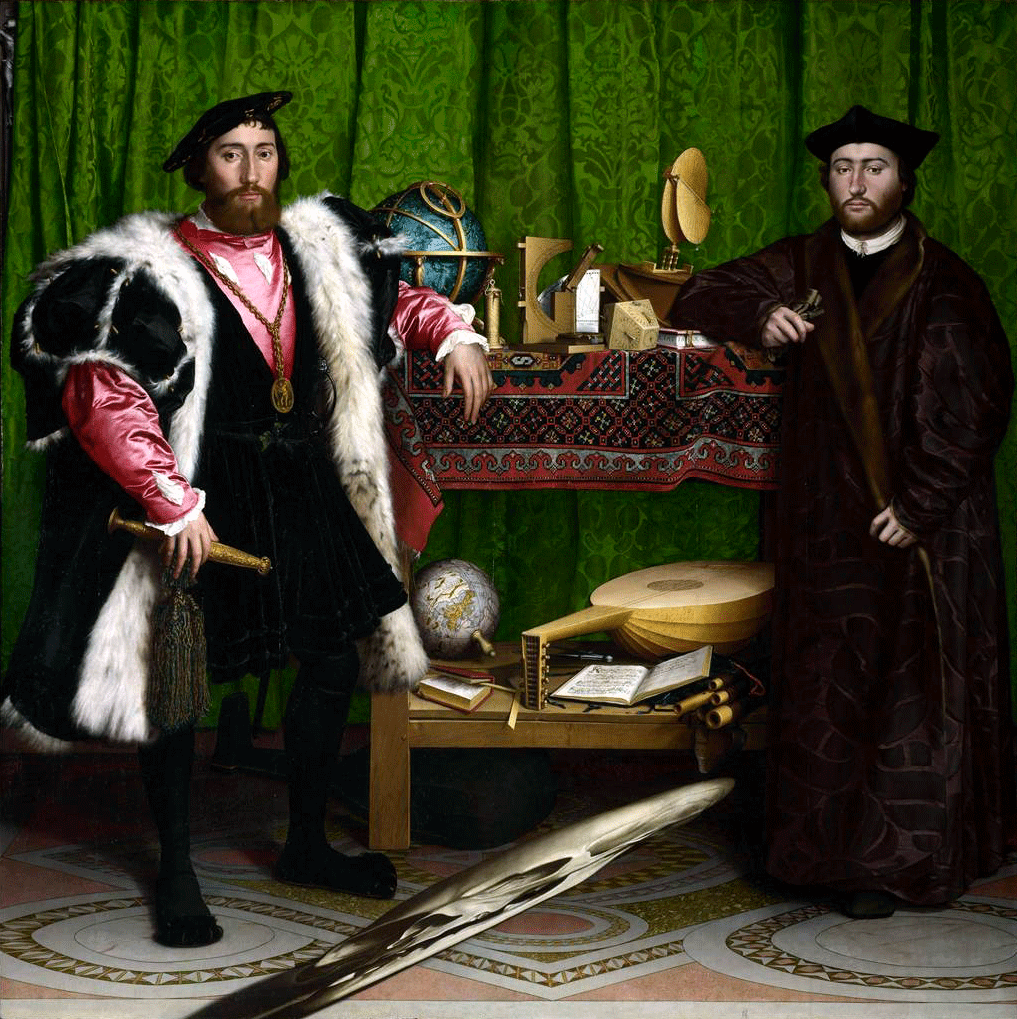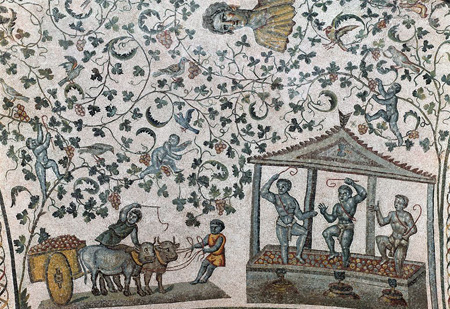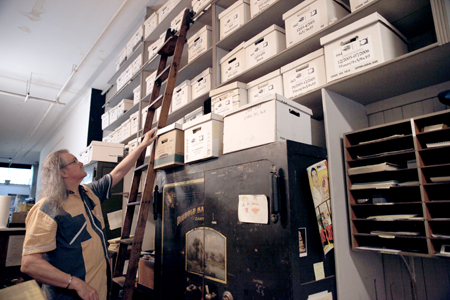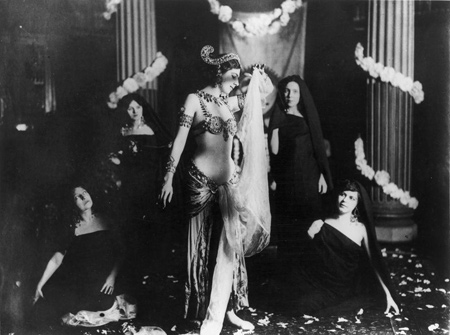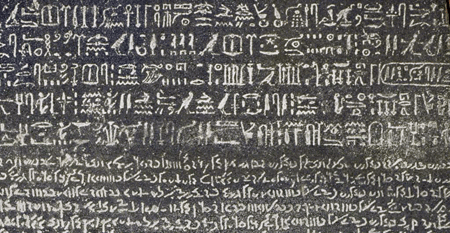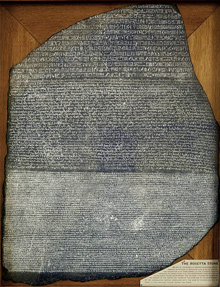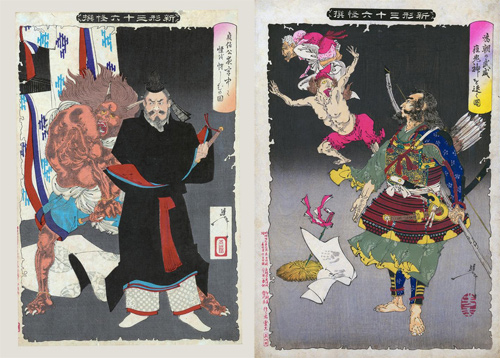
Left: Tsukioka Yoshitoshi | New Forms of Thirty-six Ghosts: Sadanobu Threatening a Demon in the Palace at Night | 1889. Right: Tsukioka Yoshitoshi | New Forms of Thirty-six Ghosts: The Ferocity of Tametomo Driving Away the Smallpox Demons | 1890. Scripps College: Ruth Chandler Williamson Gallery | Contact information: Kirk Delman, Registrar, 1030 Columbia Ave, Claremont, CA 91711, Tel: 909-607-3397, Fax: 909-607-4691, kdelman@scrippscollege.edu
Tsukioka Yoshitoshi is widely recognized as the last great master of Ukiyo-e, or “pictures of the floating world,” the main genre of Japanese woodblock printing (and a major source of inspiration for many modernist artists from Europe).
In his last series, New Forms of Thirty-six Ghosts, the artist depicts a variety of spirits and magic animals from Japanese folk tales and history. As opposed to the morbidly graphic work that originally brought him fame, horror is mostly suggested in these works. Can you spot the subtle supernatural event in the print below?
